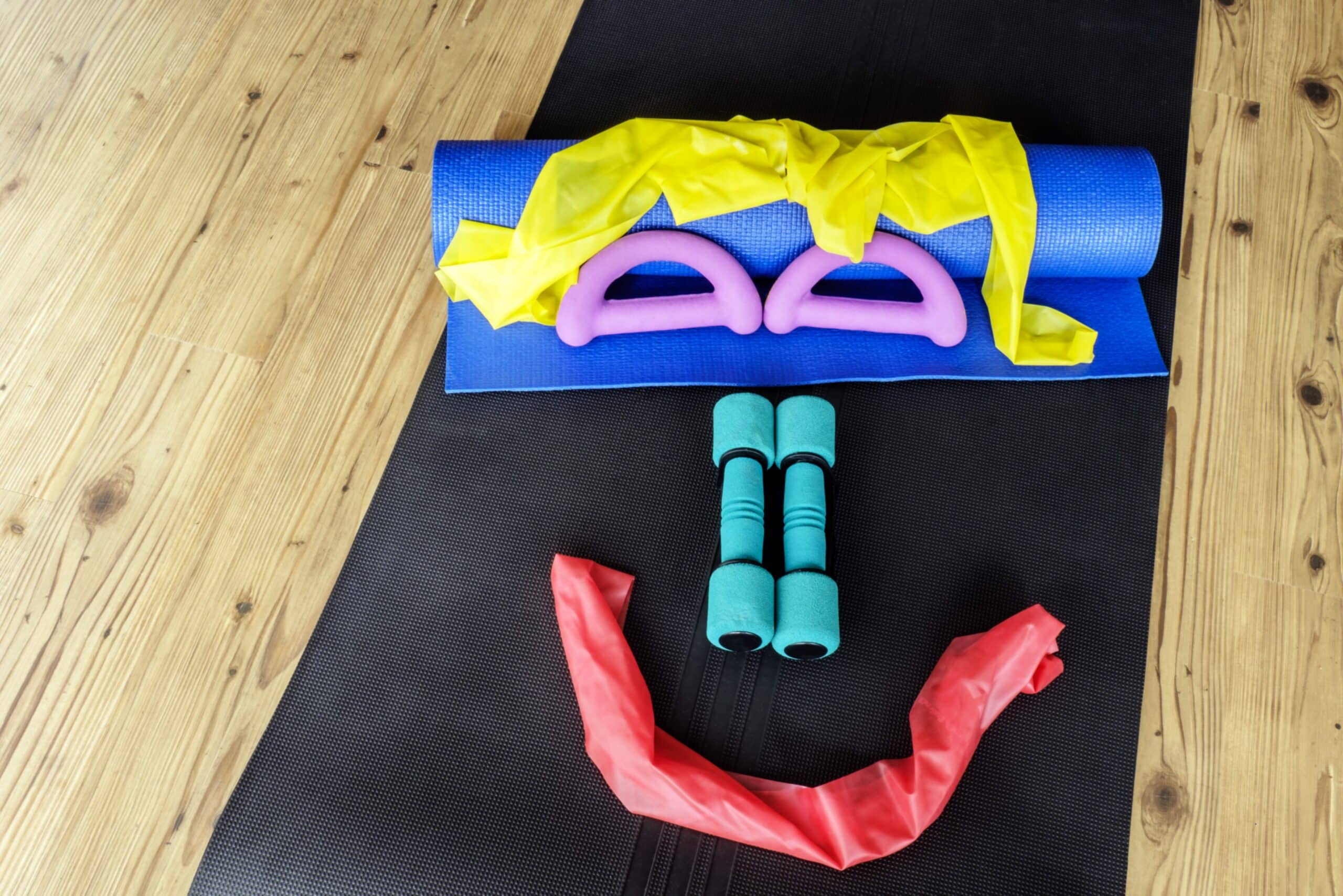1980s research focused on events such as marathons asking competitors if they had infection symptoms in the weeks after they participated, many did, leading to the widespread belief that endurance sports increased infection risk by suppressing the immune system.
The new study reinterprets findings from the past few decades and highlights that exercise will not dampen immunity, instead it is beneficial to immune health, analysing research literature published since the 1980s based on fundamental principles of immunology and exercise physiology in order to clear up misinterpretations and misconceptions from over the years.
Taking part in endurance sports exercise causes immune cells numbers to increase, some by up to 10 times, especially ones which deal with infections. Some cells after exercise fall to levels lower than they were, and can last for hours. This fall was previously interpreted as immune suppression. Strong evidence suggests that it does not mean cells have been lost or destroyed, rather moved to other sites within the body which are more likely to become infected, such as the lungs. It is known that they are not destroyed for three main reasons: normal levels return within several hours; cells have the ability to leave the bloodstream and travel to other sites within the body; following exercise accumulated cells were found in the lungs and other places looking to fight infections. Low numbers in the bloodstream following exercise are not suppression but a signal they are primed, moving to work in other parts of the body, then returning.
Changes happening to the immune system after strenuous exercise do not leave the body immune suppressed, evidence suggests the immune system is boosted after exercise. Strenuous exercise itself will not increase risk of infection, other factors do, such as attending a large gathering of people, public transportation long distances disrupting sleep, consumption of inadequate diet, psychological stress, and getting wet and cold.




